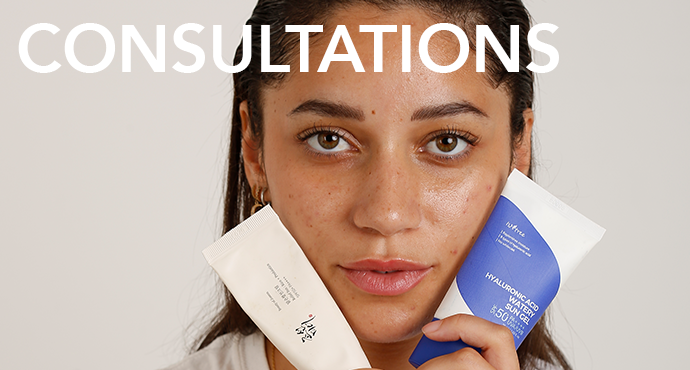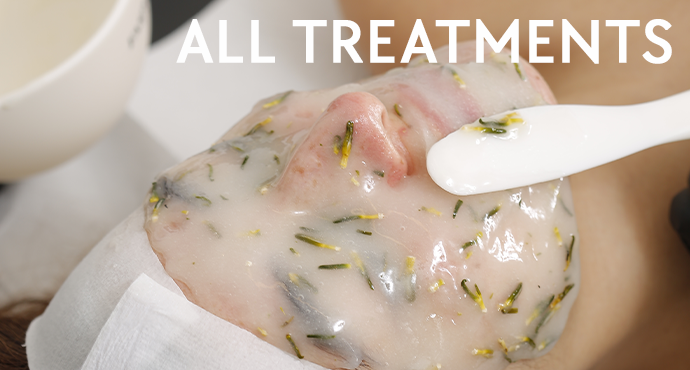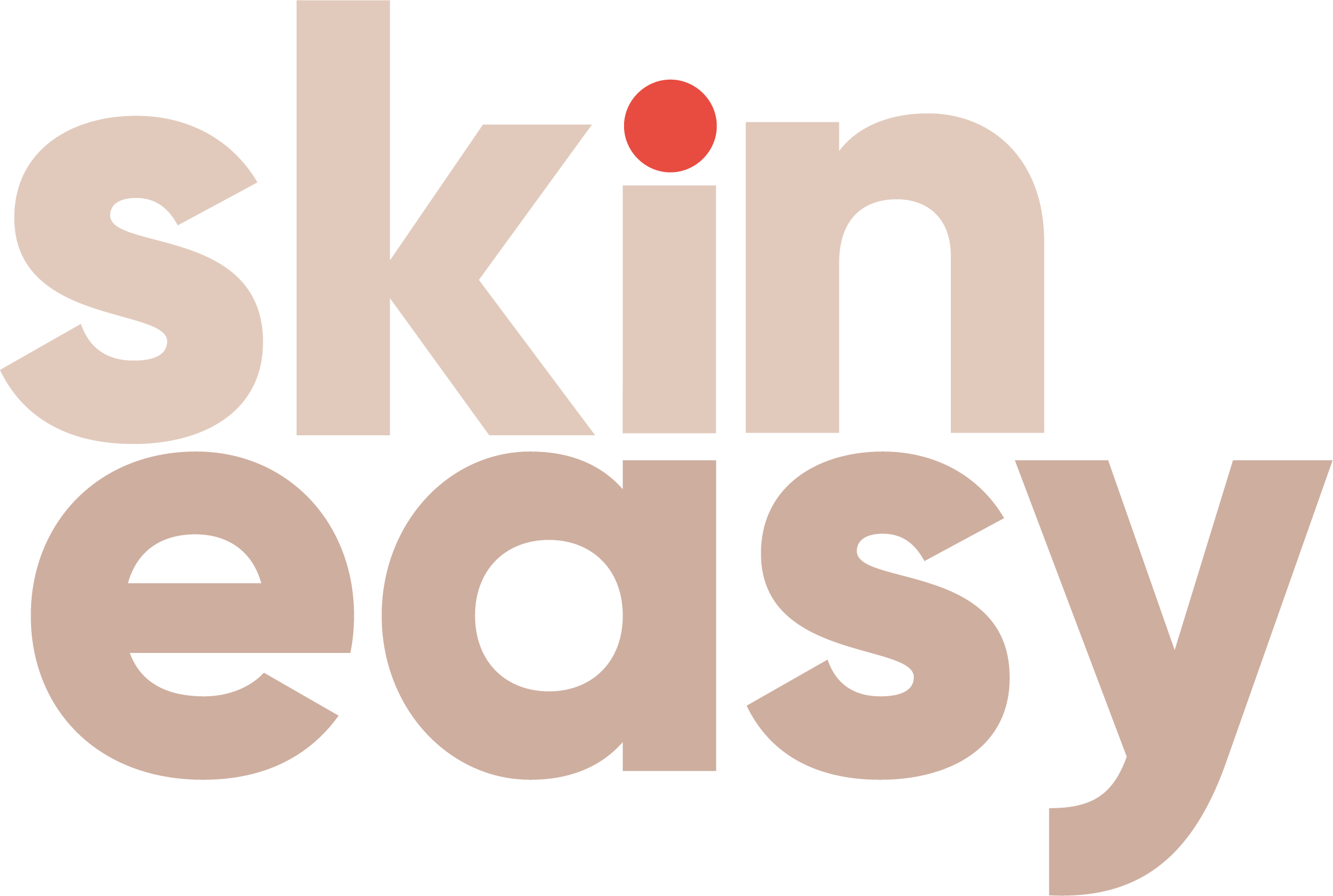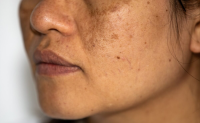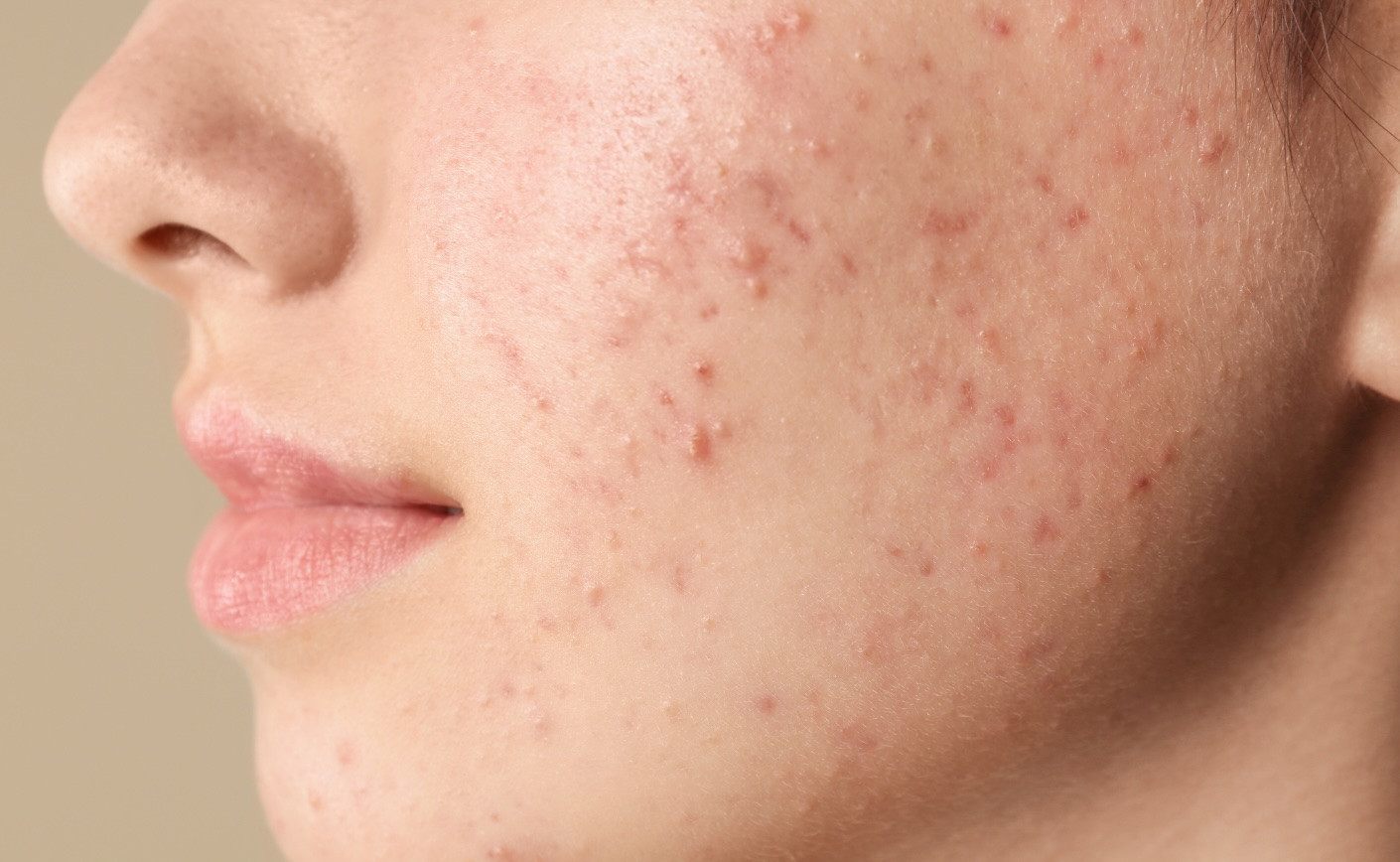
When is comes to acne, many of us are looking for answers, especially when it affects our daily well-being. As acne is the number one skin condition in France, it's clear that many people are affected. But acne doesn't present the same way for everyone. and that's where it gets tricky. Knowing how to distinguish between hormonal and bacterial acne is crucial for adopting the most suitable and effective treatment. So, how can you tell the difference? This article is here to shed light on the distinctive signs and underlying causes, to help you better live with your acne and find the most suitable solutions.
What is hormonal acne?
Recognizing hormonal acne
Hormonal acne is like a signal that your body sends when hormones are on a roller coaster. This type of acne is more common in women due to all their hormonal fluctuations: whether it's during pregnancy, due to hormonal contraception (pill, implant, hormonal IUD), intense stress or lack of sleep. And of course, several phases of the menstrual cycle are significant hormonal events that can also invite these unwanted pimples.
These pimples usually like to settle on the lower part of your face: around the jaw or chin, and sometimes they even descend a bit on the neck or body. They tend to recur in the same area and are often inflammatory (red, painful and swollen) but hormonal acne can sometimes manifest as microcysts or even blackheads.
Causes and triggers of hormonal acne
Let's zoom in a bit to better understand how hormonal acne develops. The causes can be numerous, and hormonal acne is often multifactorial. Here are some examples:
- Stress
- A disrupted digestive system
- Lack of sleep
- Inflammatory diet (dairy, sugars, processed foods...)
- Smoking, alcohol
- Hormonal disorders (PCOS, etc. Signs: hirsutism)
- Genetic predisposition
Altough testosterone is often associated with men, women also produce it. Its fluctuations increase sebum production. And we know that excessive sebum production can clog pores and create a fertile ground for pimples.
What is bacterial acne?
Recognizing bacterial acne
Bacterial acne is a whole different story. It's the result of the activity of bacteria, Cutibacterium acnes, thriving in the pores of the skin. These invaders love greasy spots: they often settle in the T-zone of your face, where sebum tends to accumulate. Oily skin is therefore their favored terrain. Typical symptoms include a variety of lesions: blackheads, red pimples and pustules.
Unlike hormonal acne, which primarly has internal triggers, bacterial acne is often exacerbated by external factors.
Causes and triggers of bacterial acne
Bacteria are opportunistic: they patiently wait for you to invite them. And you do it unconsciously with:
- Lack of cleansing / makeup removal which allows pores to clog. This situation creates an environment conducive to bacterial proliferation, facilitating the appearance of acne.
- Use of makeup brushes or sponges that have not been regularly cleaned. These tools can accumulate bacteria over time and, when used, transfer these bacteria to the skin, increasing the risk of breakouts.
- Frequent contact of the face with hands or the phone which can carry germs and bacteria. Our hands and phones come into contact with many surfaces throughout the day and can easily pick up bacteria that are then transferred to our skin.
In most cases, bacterial acne is rarely inflammatory (red, painful and swollen) ; it's more about small imperfections. Be careful, though, because if imperfections accumulate, it can become inflammatory.
Touching your pimples is also particularly discourage in this type of acne. By doing this, you damage your epidermis and create an opening for bacteria, which see it as an invitation to develop. The result: an additional acne breakout!
How to calm your acne: my tips and tricks
Living with acne can sometimes feel like an uphill battle, but with the right practices and a bit of perseverance, you can really improve the condition of your skin.
Tailor your skincare routine
Well-maintained skin is the first line of defense against breakouts. That's why it's crucial to find a skincare routine that suits your skin type.
Never underestimate the power of a good cleanse, and even less so of double-cleansing: it not only removes impurities, dead cells but also the excess sebum that accumulates during the day. I talk about different double-cleasing techniques here.
For those dealing with hormonal acne, emphasize cleansing, especially before periods known for sebum overproduction, like before menstruation. Integrating products with sebum-regulating action can also work wonders in preventing the appearance of new pimples.
Also very important, pay attention to the elements that come into contact with your skin (towels, pillows, makeup brushes...). Where possible, use tissues and wash your brushes / pillows at least once a week.
Opt for an anti-inflammatory diet
Inflammation and pimples go hand to hand, and certain foods can unfortunately exacerbate this inflammation. To maintain healthy skin, it might be beneficial to reduce the intake of foods known for their inflammatory properties, such as dairy products, cured meats, refined sugars, processed foods, gluten, and caffeine.
Instead, opt for a diet rich in natural anti-inflammatories. Fruits and vegetables, omega-3-rich fish, and lean meats are good allies for your skin. If you're looking for meal inspiration, check out my favorite recipes for promoting beautiful skin.
Living with acne requires a deep understanding of its causes and triggers. Hormonal and bacterial acne have different origins, but pimples can develop in the same way. With good practices and tailored routine, it's possible to effectively manage your acne, whether it's hormonal or bacterial.
Sources :
- - Bagatin E, Freitas THP, et al. Adult female acne: a guide to clinical practice [published correction appears in A Bras Dermatol. 2019 Mar-Apr;94(2):255. Machado MCR [corrected to Rivitti-Machado MC]]. A Bras Dermatol. 2019;94(1):62-75. [Link]
- Jonette E Keri, MD, PhD. Acne vulgaris. MSD manual. February 2022. [Link]
